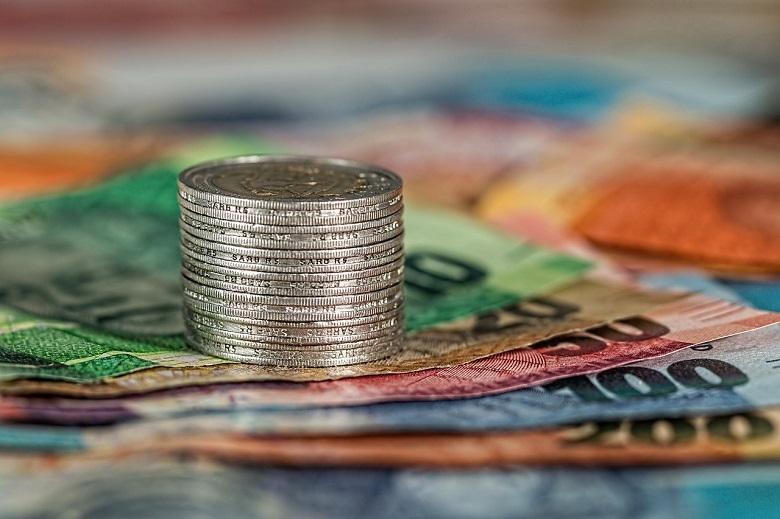In modern times in African countries, we take coins and paper money for granted. In antiquity, however, some African tribes attributed monetary value to a wide variety of objects.
Although most would not be practical today, they still serve as a reminder of these ancient cultures and their richly diverse customs.
1. Katanga Crosses (Congo)
This X-shaped jewel is known as a Katanga cross. It originates from the mining region of Katanga in the Democratic Republic of Congo. These crosses were the main form of currency of the area and probably the most popular type of the ancient African currency.
The crosses were cast from copper and weighed from 1 to 2.5 pounds. Often considered symbols of great wealth, crosses were used in all forms of barter and trade. It was even familiar for people to be buried with their crosses. Because they were made of copper and quite large, crosses could also be melted down and remolded as tools if necessary. Worth-wise, a cross could get you about 22 pounds of flour.
2. Potato Mashers (Cameroon)
Bafia potato mashers were a form of ancient currency in the region where the Republic of Cameroon is now. This foreign currency was highly appreciated and used in the essential commercial transactions in the ancient Bafian culture.
The use of the potato mashers also suggests that the Bafians had some very fascinating views on gender. For example, women can be bought and sold at a fixed price – in this case, thirty potato mashes.
3. Lobi Snakes (Ghana)
The Lobi were the old inhabitants of Ghana. They lived as farmers and spent most of their time in the fields, where they met different species of snakes. To safeguard themselves, they forged iron snakes that were worn on their person or placed on personal altars, just like garlic for scaring off vampires.
They were a focal point of the Lobi culture that iron snakes were often used in trade and barter. The snakes’ bodies were often depicted with curves to create the effect of movement as if the snakes were gliding through the grass.
4. Kissi Pennies (Western Africa)
Until recently, “Kissi pennies” were used as currency in many parts of West Africa. Blacksmiths modeled these long strips of iron in a distinct “T” shape. At one end was an “ear”, which resembled the form of a spade or hoe. At the other end was a “foot”. The typical Kissi penny was one foot long and, if broken, could not be used again without an elaborate ceremony involving a sorcerer.
Because of the low value of individual coins, they were usually grouped in groups of about 20, and at one time, a bag of oranges or bananas cost only one or two cents kissi. But prices rose as the pennies were gradually phased out of use. Meanwhile, the cost of a cow has increased to more than 100 packs, while a kissi bride would cost you about 200.
5. Edible Currency (East Africa)
Salt has long been used as a form of currency around the world. The word “wage” is actually derived from the Latin word “Salarium,” which was the Roman word for “money used to buy salt”. In fact, salt was the main currency in East Africa throughout the Middle Ages.
